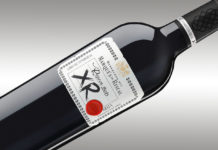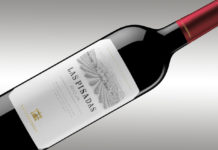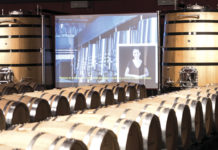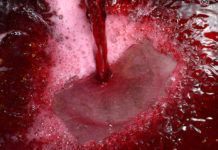In the wake of the extraordinary harvest 6 years ago in the Upper Rioja, Bodegas Bilbaínas, the estate winery with the largest expanse of Rioja vineyards in Haro and holder of the oldest bottling license in the Rioja Appellation, presents a new vintage of one of its most emblematic wines, considered one of the country’s most exceptional reserva offerings: Viña Pomal Gran Reserva 2010, a true Rioja. Coinciding with the launch, the Rioja winery, which was established over one hundred years ago, has gone a step further and taken advantage of the occasion to revamp its external design with a label that commemorates the house’s prestige wines.
Predominantly golden and featuring a delicate inscription in clear colours, this gleaming design is inspired by the classic label of the firm’s Gran reserva wines, which since 1904 have constituted a clear reflection of the spirit of Viña Pomal, the insignia of Bodegas Bilbaínas. Elegant and refined, this new image manages to transmit a unique and highly distinguished style.
Crafted with Tempranillo (90%) and a touch of Graciano (10%), Viña Pomal Gran Reserva 2010 stands out as a highly balanced, very aromatic and perfectly structured wine. Thanks to the vintage year’s excellent weather conditions and the age of the winery’s estate vineyards, this new offering reveals a unique personality: the pure reflection of the Rioja terroir.
To make the Pomal Gran Reserva the winery’s winemakers selected tempranillo from various vineyards on the Pomal estate, which brought excellent cellaring potential and expressiveness to the varietal. This was complemented with Graciano grapes from the Vicuana vineyard. All the vineyards used to make this gran reserva are in Haro, very close to the winery.
Viña Pomal Gran Reserva is crafted using traditional winemaking practices. This begins with meticulous selection, destemming and crushing of the choicest grapes prior to a long moderate maceration in tanks. After a year of aging in barrels of American oak, the wine is racked again into a tank to make the Gran Reserva blend, and the Graciano is then added to the Tempranillo base. Once this process is complete the wine spends another year in barrels to complete its two years of aging in oak and then another year in kegs where it clarifies naturally and assembles all its components. Finally, the process ends with three years of cellaring in bottles.













